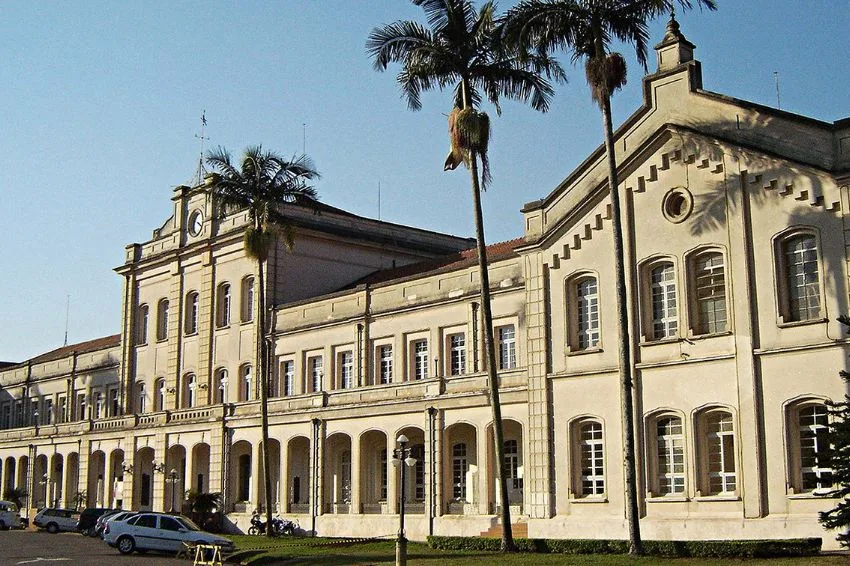One study released, this Thursday (4), by the IEMA (Institute of Energy and Environment) calculated how many photovoltaic systems with batteries they are necessary to meet the goals of the Program More Light for the Amazon, created with the aim of promoting access to electricity for remote communities in the region.
O Institute analyzed two possible scenarios: one in which systems with generation of 45 kWh/month would be used with the use of lithium batteries and another with generation of 180 kWh/month with batteries acid lead.
In the first case, it was found that the use of more than three million solar energy systems would be necessary, while in the second the number rose to around 12 million.
In total, the survey indicates the need to bring electrical energy to more than 219 thousand consumer units, since almost 1 million people live today in these locations without access to electricity.
If the program target is met, the total installed capacity will reach 363 MWp considering the generation standard of 45 kWh/month in 2030. At the standard of 180 kWh/month, the capacity will be 1,381 MWp.
In the second case, this is a value greater than the current installed residential distributed generation capacity in all Brazilian states. Currently, the location that would come closest to these numbers would be São Paulo, with 1,282 MWp.
“The fair guarantee of access to electricity for remote communities in the Amazon, depending on the speed of the process, will require a continuous and stable supply of components for generation systems (panels, batteries, etc.) and associated services”, he commented. André Luis Ferreira, CEO of IEMA.

Furthermore, for him, the future decommissioning and replacement of these systems, due to the end of their useful lives and the maintenance process, must be done appropriately, in order to avoid environmental risks in sensitive areas of the site.
“The results of the study allow us to conclude that the challenges in facing these issues are quite considerable, requiring greater involvement on the part of equipment manufacturers, electricity distributors and public bodies”, assessed the director-president of IEMA.
















